It was a still evening in a forest village of Arunachal Pradesh. A cool breeze moved gently across bamboo rooftops, and the sound of a distant folk song rose like smoke from a hearth. That’s when I met an elder—silent at first, but with eyes that carried generations. When I asked him about his tribe’s stories, he smiled sadly and said,
“The gods are still here… but fewer people remember how to talk to them.”
That one sentence felt heavier than the mountains surrounding us.
And since that day, I have carried a question in my heart, through every step of my journey across India:
Will the tribal stories survive without the storytellers?
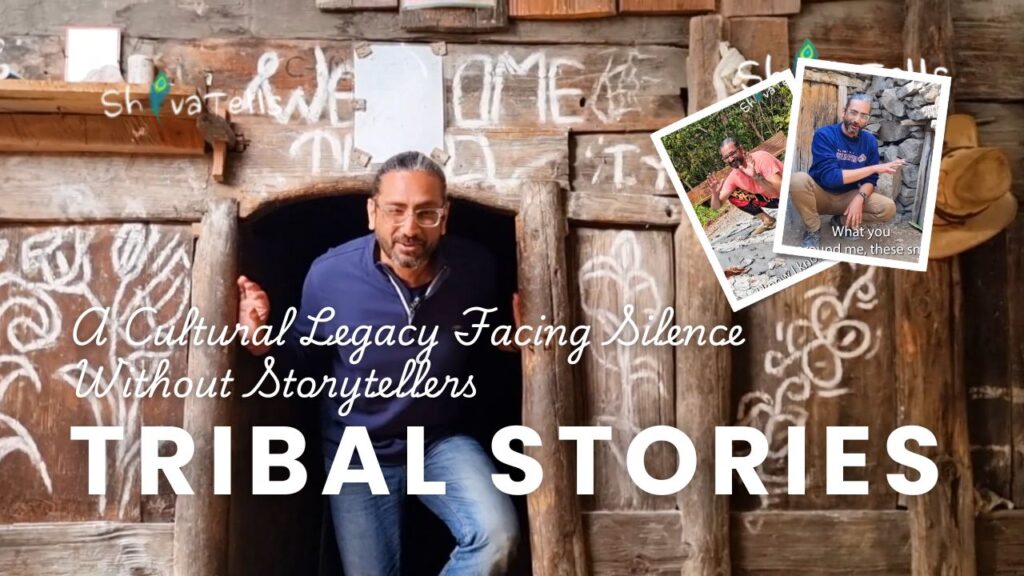
Table of Contents
The Soul of India Lies in Her Stories

At ShivaTells, my mission has always been to discover and preserve the untold stories of Bharat—those raw, rich, and deeply rooted tales that don’t make it to books or TV screens. These are stories whispered by the winds of Arunachal, hidden in the memory stones of Bastar, or sung in the twilight dances of Himalayan villages.
We often speak of India’s diversity—languages, tribes, rituals—but forget that stories are what hold it all together. Across thousands of years and terrains, storytelling has remained our soul’s language. It is how our ancestors taught values, passed down rituals, remembered wars, celebrated rains, and even explained stars.
But now, in the rush for modern life, we are slowly losing the very voices that carry this wisdom.
Who Were the Tribal Stories Storytellers?

In the tribal heartlands—from the Murias of Chhattisgarh to the Galos of Arunachal—storytellers were more than entertainers. They were the community’s wisdom keepers.
These storytellers—often elders, sometimes healers, dancers, or singers—held entire cultural histories in memory. They knew where the rivers came from, which herb healed which pain, why the moon followed the sun, and how to speak to the forest.
Among the Gond tribe, storytellers sang of their warrior ancestors and gods of the jungle.
Among the Sherdukpen, stories passed through flute and fire.
In Bastar, they are carved into memory stones—each stone a sentence, each line a prayer.
Yet today, as I visit these places, I find more houses with mobile towers than with memory.
The Disappearing Voices
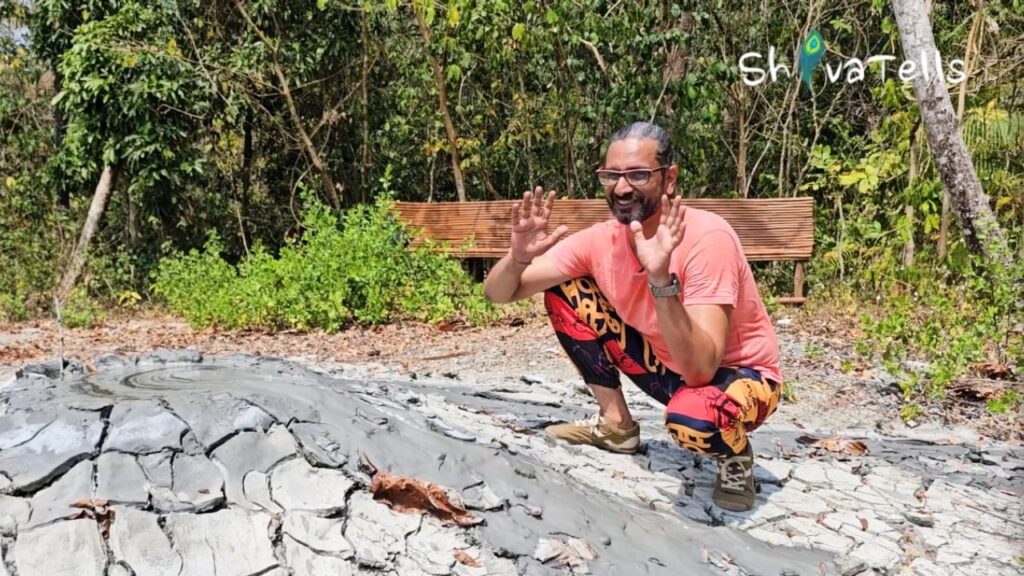
In my travels to the most remote corners of Northeast and Central India, I have often asked children: “Do you know the songs your grandmother sang?”
Most look down, smile awkwardly, and shake their heads. “She used to sing… I never asked.”
There lies the problem—not in technology or urbanization, but in disconnect.
Between generations.
Between the forest and the classroom.
Between identity and aspiration.
As tribal communities are pushed toward modernization, language fades first.
And when the language fades, the stories dissolve.
And when stories dissolve, culture becomes decoration—a performance, not a pulse.
What We Lose When We Lose a Storyteller
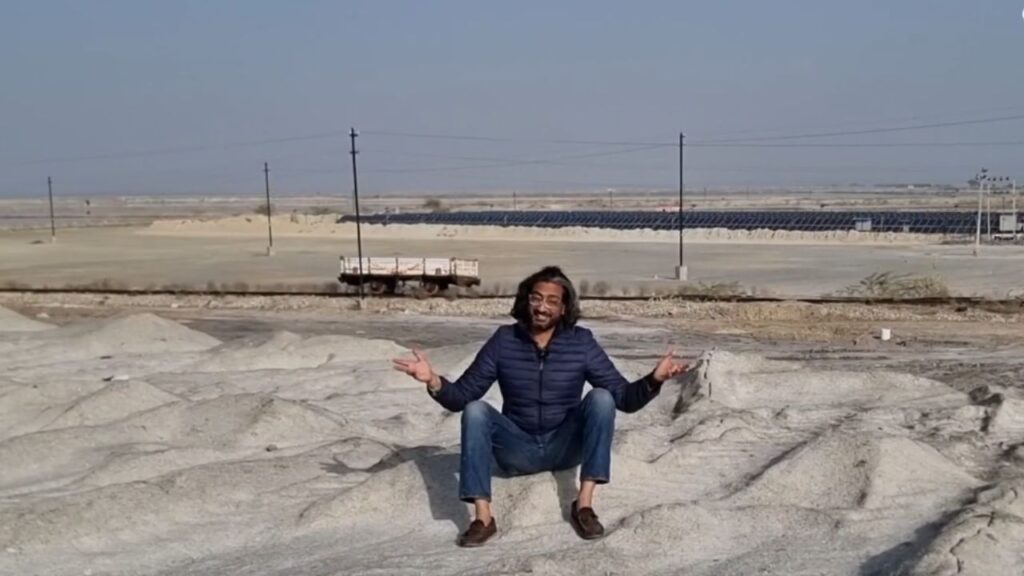
Every time a tribal storyteller dies without passing their stories, a part of India is erased.
We lose:
- Untold stories of land, ancestry, and mythology.
- Medicinal knowledge passed through generations.
- Oral maps of rivers, stars, and seasons that no GPS can teach.
- Rituals and festivals that once aligned with the spirit of nature, not just the calendar.
- And most of all, a way of seeing the world that is rooted in relationship—not ownership.
You can’t Google a sacred lullaby of the Tagin tribe.
You can’t digitize the pauses and silences in a tribal prayer.
These live only in the voice of the storyteller—and die when the last one forgets.
ShivaTells: A Personal Journey to Preserve These Stories
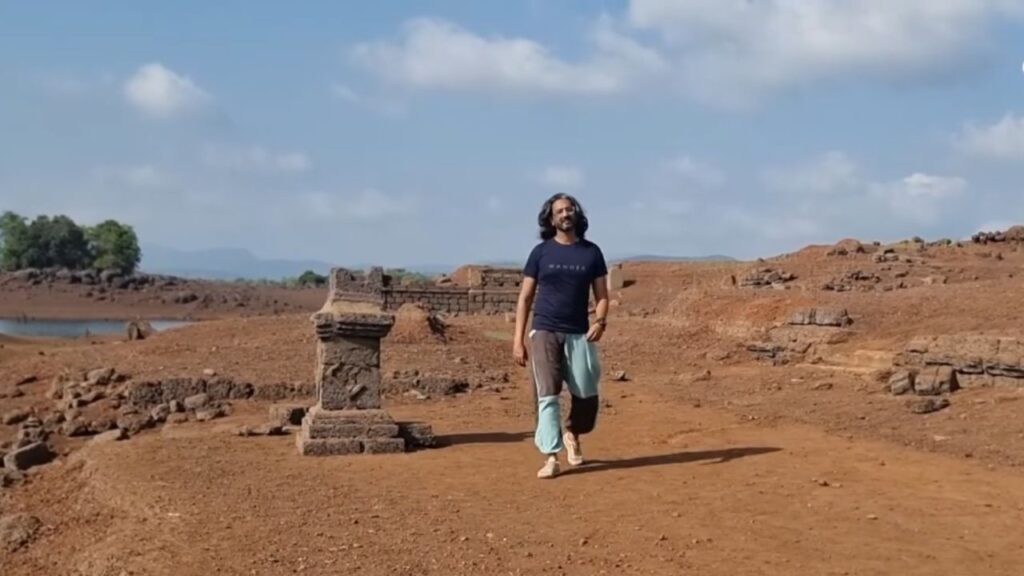
When I began ShivaTells, I left my desk job not to travel for luxury, but to travel for truth.
I have sat under banyan trees with the last folk musicians of a forgotten tribe.
I’ve documented ancient tribal houses that speak through architecture.
I’ve walked in villages where stories are stored not in books, but in bamboo flutes, copper ornaments, and sacred dances.
This journey is not just mine—it’s ours.
Because whether you live in Delhi or Daporijo, your roots come from these stories.
And if we let them vanish, we lose the thread that holds India together.
The Crisis Is Real. But So Is the Hope.
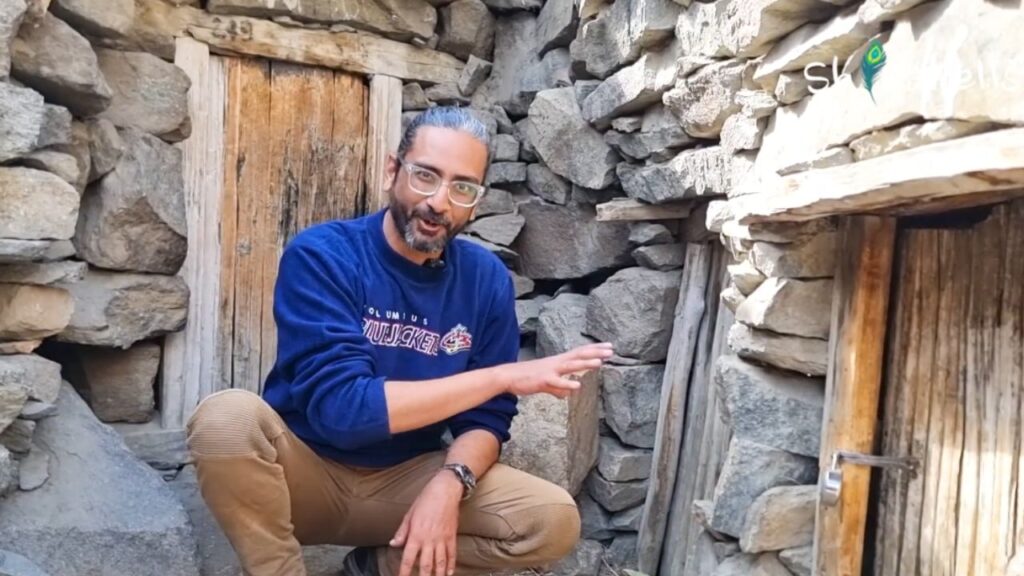
Yes, many storytellers have passed.
Yes, tribal youth are forgetting their dialects.
But something beautiful is also happening.
- In the hills of Ziro, young musicians like David Ango are reviving Galo folk through fusion.
- In Bastar, women self-help groups are recording old songs and stories.
- In Meghalaya, oral storytelling circles are coming back—this time recorded on phones.
And through platforms like ShivaTells, these stories are being documented, archived, and shared with the world.
Preservation is not nostalgia. It’s survival.
What You Can Do—Yes, You.
You don’t need to be a filmmaker or anthropologist to help.
Here’s how we save these stories—together:
- Ask your elders. Record their stories. Write them down.
- Support tribal artists who are trying to preserve language and music.
- Read and share platforms like ShivaTells that are focused on indigenous voices.
- Question the version of India you’ve been taught—search for the one that lives beyond cities.
- And most of all, listen. Not for entertainment. But for remembrance.
Without Storytellers, We Are Silent
If we lose the storytellers, we lose the language of the land.
If we lose the tribal stories, we lose the original India—the one that never needed a screen to be seen.
But if we listen now, if we document and share and respect—
These stories can still survive.
And they will continue to teach us how to live with the Earth, with each other, and with ourselves.
Because a story, once heard with the heart, never truly dies.
Always happiness,
Shiva
For the story that still breathes in the forest.
Other stories from Arunachal Pradesh
- WIND festival of TUTSA Tribe | Tutnu Village | Pongtu Festival
- Are you WORTHY to wear this HELMET?? | Nyishi Tibe | Arunachal Pradesh |
